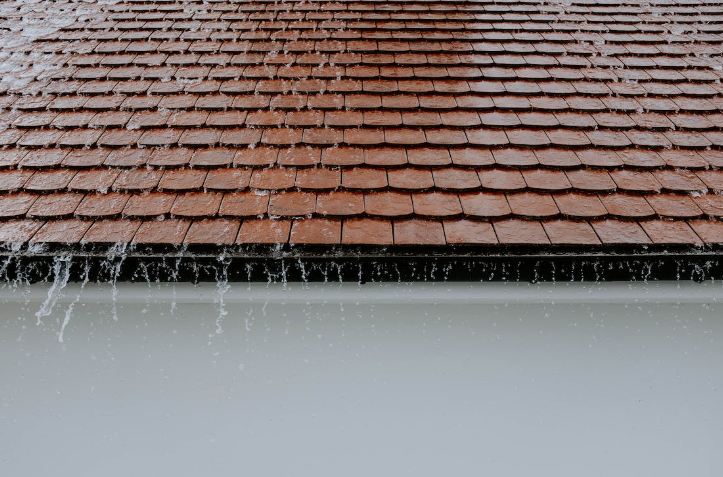A leaky roof can quickly escalate from a minor inconvenience to a major problem if not addressed promptly. Water infiltration not only damages the interior of your home but can also lead to structural issues, mold growth, and compromised insulation. Recognizing the factors behind roof leaks and applying suitable remedies plays a pivotal role in upholding your home’s structural soundness. Within this article, we shall delve deep into the prevalent triggers of roof leaks and delve into efficient strategies to avert and address them.
Causes of Roof Leaks
Damaged Roofing Materials: Over time, roofing materials such as shingles, tiles, and metal panels can become worn out or damaged due to exposure to weather elements. Cracked, missing, or curled shingles can create openings for water to seep through.
Flashing Issues: Flashing is used to seal joints and transitions on the roof, such as around chimneys, vents, and skylights. If the flashing is improperly installed, damaged, or deteriorated, water can easily find its way into your home.
Clogged Gutters: Gutters and downspouts are designed to direct rainwater away from the roof and foundation. When they become clogged with debris like leaves and twigs, water can overflow and pool on the roof, leading to leaks.
Ice Dams: In colder climates, ice dams can form on the roof’s edge, preventing proper drainage of melting snow and ice. This trapped water can seep under the roofing materials, causing leaks.
Poor Roof Ventilation: Insufficient ventilation can give rise to moisture accumulation in the attic, fostering conditions conducive to condensation and the proliferation of mold. This surplus moisture may ultimately permeate into the living areas situated below.
Solutions for Roof Leaks
Regular Roof Inspections: Schedule regular roof inspections by a professional to identify and address potential issues before they escalate. A trained eye can spot damaged shingles, flashing problems, and other vulnerabilities.
Prompt Repairs: The moment you detect any indications of a leak, such as the presence of water stains on ceilings or walls, it becomes imperative to tackle the matter without delay. Swift action taken at this stage serves to prevent additional harm to your property and reduces the potential for heightened repair expenses in the future. Neglecting or deferring essential repairs could trigger gradual deterioration within the impacted region, potentially culminating in structural complications and necessitating broader renovations. By adopting a proactive stance and promptly addressing leaks upon discovery, you can safeguard your home or business from avoidable harm and establish a safe and secure setting for both occupants and visitors.
Maintain Gutters and Downspouts: Clean gutters and downspouts regularly to ensure proper water drainage. Installing gutter guards can help prevent debris buildup.
Proper Attic Insulation and Ventilation: Ensure that your attic is properly insulated and ventilated to prevent moisture buildup. This can also help regulate indoor temperatures and reduce energy costs.
Flashing Maintenance: Regularly inspect and maintain flashing around chimneys, vents, and skylights. Replace damaged flashing to prevent water intrusion.
Professional Roof Repairs: For complex issues, hiring a professional roofing contractor is recommended. They have the expertise and equipment to perform thorough repairs and ensure the longevity of your roof.
Ice Dam Prevention: Proper insulation and ventilation in the attic can help prevent ice dams. In colder climates, you can also use heated cables along the roof’s edge to melt ice and create a pathway for water to drain.
In conclusion, dealing with roof leaks requires a proactive approach that involves understanding the causes and implementing effective solutions. Regular maintenance, prompt repairs, and professional inspections are key to preventing leaks and preserving the integrity of your home. By taking these measures, you can safeguard your property from water damage and enjoy a safe and comfortable living environment.


